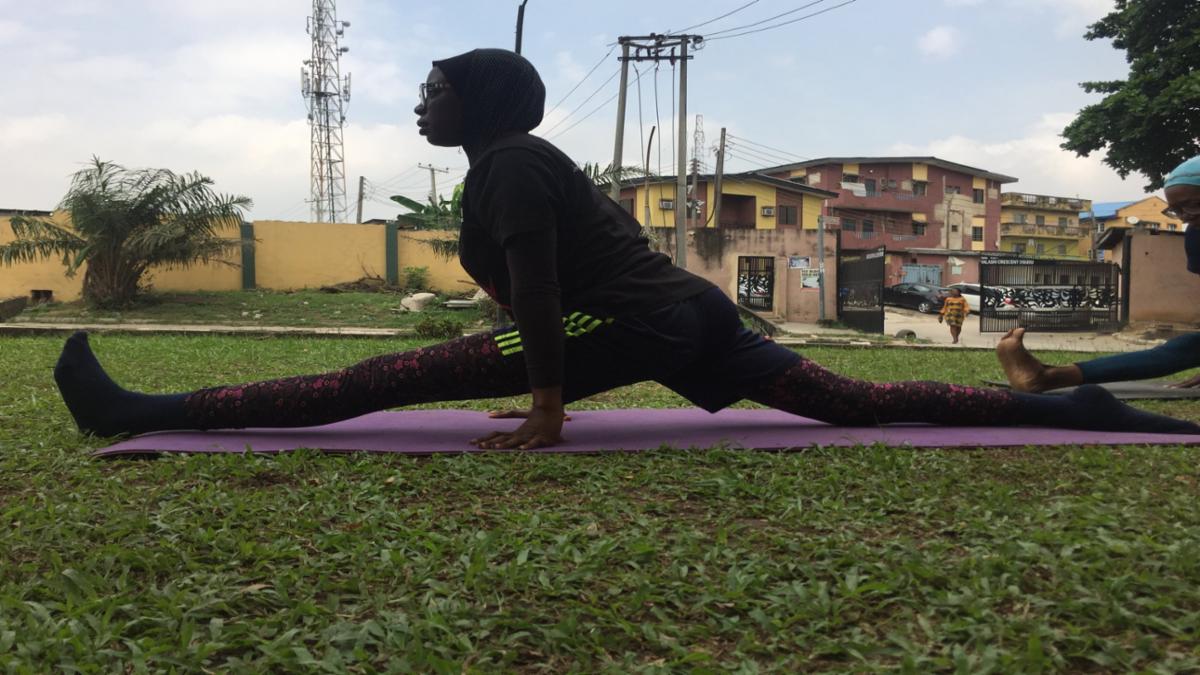Article Body
prenatal yoga: A Safe Pathway to Health in Pregnancy
Pregnancy marks a pivotal time in a woman's life, demanding mindful physical and mental care. prenatal yoga, a specialized branch of yoga developed for expectant mothers, is gaining widespread affirmation as a safe and effective regimen for wellness during pregnancy. Recent insights from yoga experts and obstetricians highlight how prenatal yoga offers not just physical benefits but also emotional readiness for childbirth and motherhood.
Verified Prenatal Yoga Routines
Prenatal yoga is thoughtfully designed to accommodate the anatomical and physiological changes in pregnancy. Safe routines typically focus on gentle stretching, breathing exercises, and mindfulness rather than intense workouts. Key poses include:
-
Cat-Cow Pose (Marjari Asana): Promotes spinal flexibility and alleviates back pain by gently stretching the back and abdomen.
-
Wide-Legged Forward Bend (Prasarita Padottanasana): Opens hips and pelvis while improving circulation.
-
Child’s Pose (Balasana): Relieves pressure off the belly in advanced pregnancy stages, promoting relaxation.
-
Butterfly Pose (Baddha Konasana): Strengthens pelvic floor muscles and increases hip flexibility.
Each pose is modified to prioritize comfort and safety, with the use of props such as cushions or yoga blocks encouraged.
Demonstrated Benefits Backed by Health Authorities
According to the American College of Obstetricians and Gynecologists (ACOG), prenatal yoga complements medical advice by improving muscle tone, flexibility, and mental well-being. Other significant benefits include:
-
Reduction in stress and anxiety: Deep breathing and mindfulness during yoga help modulate hormonal balance and calm the nervous system.
-
Improved blood circulation: Facilitates oxygen and nutrient delivery for fetal health.
-
Decreased lower back pain and nausea: Targeted stretches relieve common pregnancy discomforts.
-
Preparation for labor: Increases stamina and cultivates pain management techniques enabling smoother labor experiences.
-
Enhanced sleep quality and mood balance: Critical during the hormonal fluctuations in pregnancy.
Experts stress consulting healthcare providers before initiating prenatal yoga to tailor the practice safely around individual health conditions.
Prenatal Exercise Safety Guidelines
Medical professionals emphasize exercise precautions during pregnancy including avoiding high-risk activities, limiting supine positions beyond the first trimester, and stopping exercises that provoke dizziness, bleeding, or fetal distress signs.
Typical recommendations include:
-
Exercising moderately for approximately 150 minutes per week.
-
Preferring low-impact activities such as walking, swimming, and stationary cycling alongside prenatal yoga.
-
Avoiding high-balance or high-impact routines that risk falls or trauma.
Voices From The Field
Dr. Kavita Sharma, a gynecologist based in Mumbai, remarks, "Prenatal yoga integrates physical readiness with mental calm. Many of my patients who practice it regularly report less anxiety during delivery and faster postpartum recovery."
Yoga instructor Sarah Beth, known for her prenatal series, observes, "Prenatal yoga cultivates a deep bond between the mother and her baby, with mindful movement helping women reclaim control during their pregnancy journey".
The Takeaway
Prenatal yoga is no longer an alternative but increasingly a mainstream, evidence-supported component of pregnancy care. It offers powerful routines tailored to women's evolving needs during gestation and lays the foundation for both physical ease and emotional resilience.
For pregnant women worldwide, prenatal yoga presents a lifeline—gentle yet essential—for a healthier pregnancy and childbirth experience.


Comments